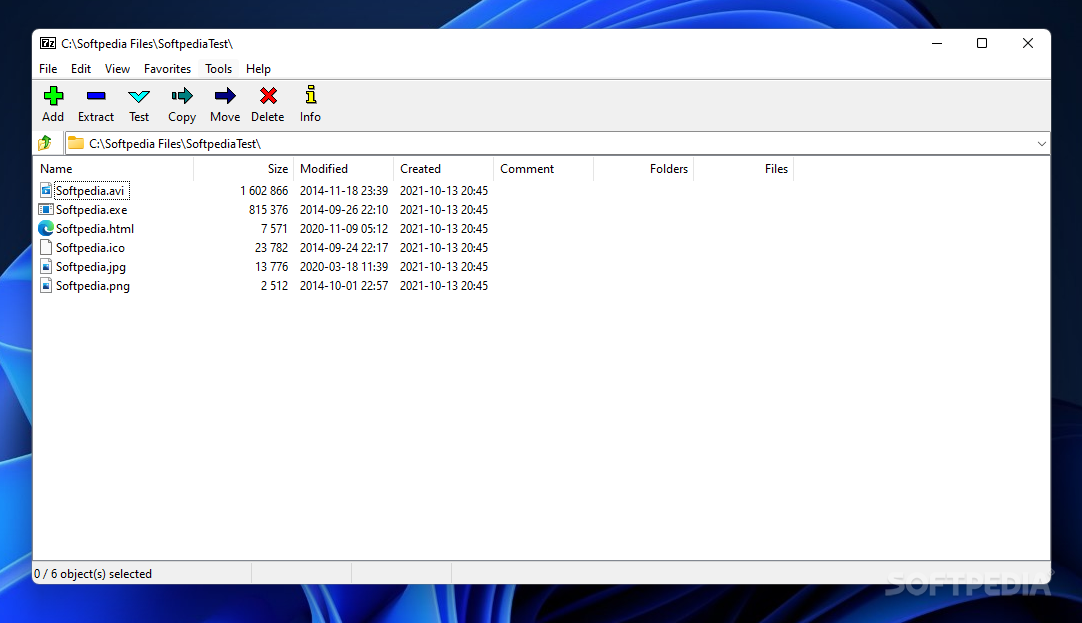


That’s the place where the CPU can access them most efficiently. When Windows starts up, it reads all the programs that are part of the system from the hard disk and puts them into RAM. If you were an operating system architect, where would you preferably run programs from? RAM is the obvious choice. That’s more than 100 times faster than the hard disk! But your RAM, that can’t store memory without power on, allows for 10-20 GB/second. A newer, solid state disk (SSD) that uses memory chips similar to those of the SD-card in your camera or smartphone, provides speeds of around 200-400 MB/s. To give you some numbers to work with: An old school hard disk with spinning disks (HDD) usually allows for transfer rates of around 80-160 MB/second. While it is true that having a few gigabytes of free hard disk space is better than no space, the same wisdom usually isn’t true for your RAM (Random Access Memory), your computer’s super-fast short term memory. Lots of computer blogs and magazines give smart advice on how to speed up your computer by reducing the load on your hardware resources.


 0 kommentar(er)
0 kommentar(er)
